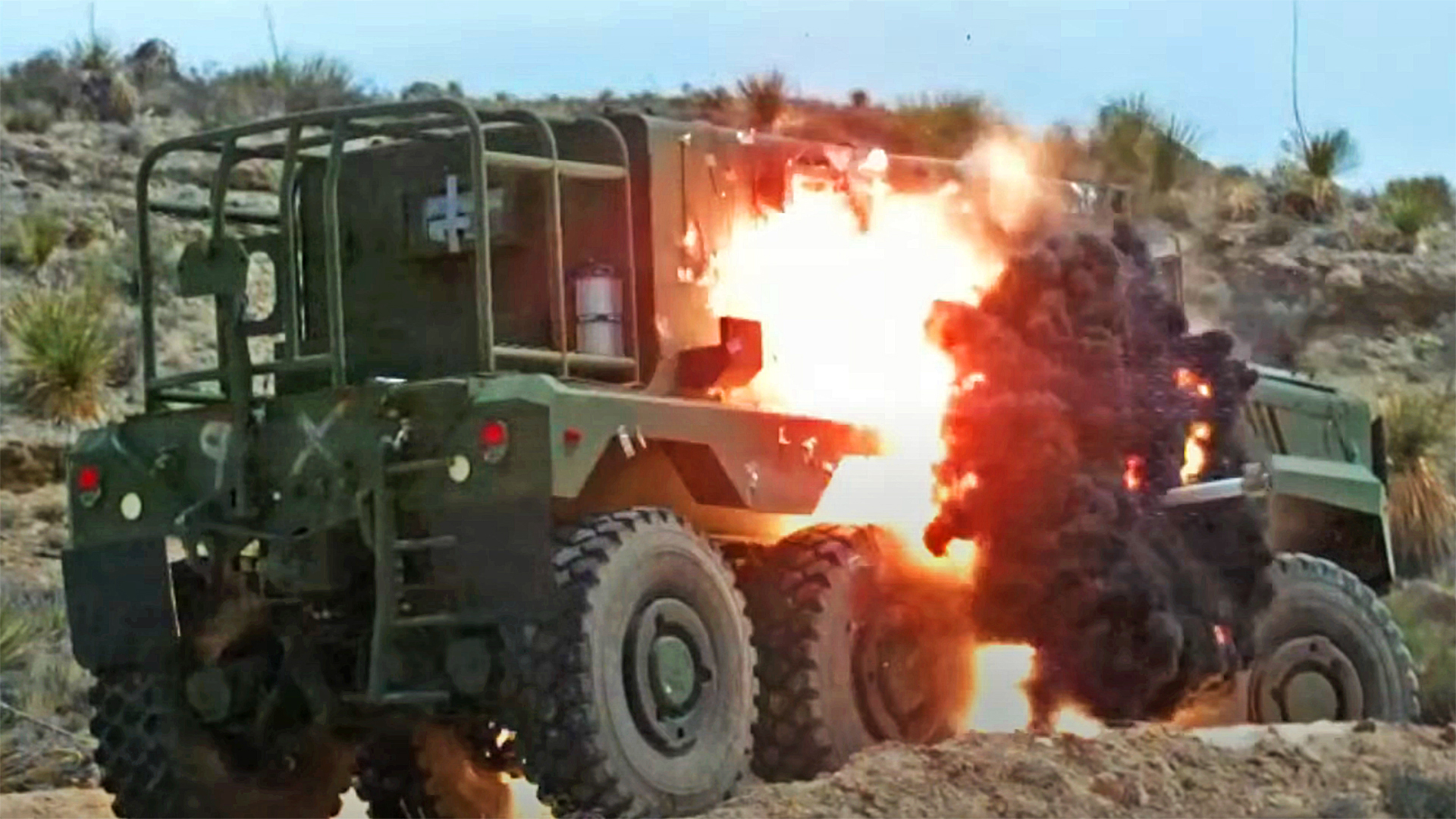The Advanced Precision Kill Weapon System, or APKWS, laser guidance kit designed by BAE Systems has been tested in a surface-to-surface role with a new highly versatile, multi-purpose warhead that is capable of taking on armor and other targets. The new warhead is provided by General Dynamics Ordnance and Tactical Systems. The test demonstrated added flexibility for not only the APKWS itself, which is most often employed in air-to-ground applications against more lightly armored targets, but also for all platforms that are capable of firing APKWS rockets.
The APKWS-configured rockets were tested in early May of this year at the Mile High Test Center in Sierra Blanca, Texas armed for the first time with General Dynamics Ordnance and Tactical Systems (GD OTS) high-explosive anti-tank anti-personnel anti-materiel (HEAT/APAM) warheads. For the evaluation, the APKWS kits were fitted, as usual, to unguided Hydra 70mm (2.75-inch) rockets that otherwise typically consist of a standard M151 warhead, an M423 fuze, and an Mk66 motor. While other anti-armor warheads do exist for the 70mm rocket, none are as adaptable to different targets as the HEAT/APAM.

An Arnold Defense three-round LG-R3 Trident launcher was used for the test, which is a new system currently in its live-fire testing phase that was unveiled at the AUSA exhibition in 2021. The Trident was mounted on a Moog Dual Rail Launcher, and the pairing fired the smart rockets at what BAE Systems described as “well-armored targets,” including a steel plate and an armored vehicle. In a brief video of the test shared by General Dynamics OTS, a Timberwolf mine-resistant ambush-protected vehicle can be seen being subjected to one of the rocket’s blows. Each additional shot was said to have been launched at range and directly hit the intended target.
“We’re giving our customers more in-mission options for precision strikes against tougher targets,” said Sam Kirsh, APKWS program manager at BAE Systems. “APKWS guidance kits with HEAT/APAM warheads provide a low-cost, lightweight, easy-to-deploy strike capability against armored and unarmored targets.”


The APKWS laser-guidance kit is already used by each branch of the military, predominately on various rotary- and fixed-wing aircraft including the AH-64 Apache, the A-10 Thunderbolt, and the F-16 Fighting Falcon to name just three of the over 45 other APKWS-compatible air, ground, and sea-based platforms. The kit uses a Distributed Aperture Semi-Active Laser Seeker (DASALS) located on all four fins of the guidance section that turns the unguided rocket into an extremely precise smart munition with almost surgical levels of accuracy. Once launched, the fins pop out and the rocket homes in on the laser designator’s spot that is projected by the lasing platform.
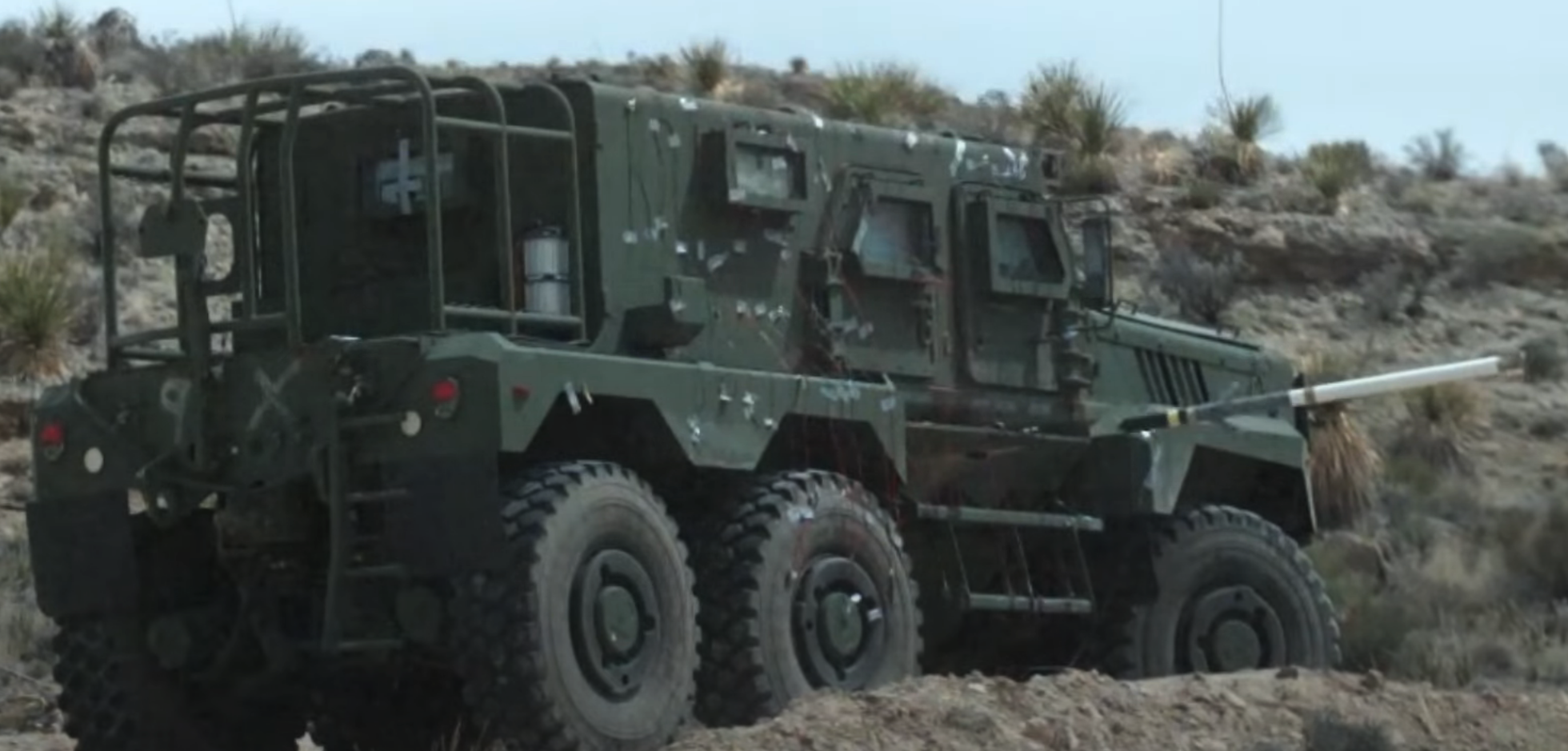
APKWS can lock onto a laser’s spot at around two miles away. When speaking to Janes Defense last year, Kirsh noted that the maximum publicly stated range for APKWS-guided rockets fired from rotary-wing platforms is over 3 miles (5 km) and over 7 miles (12 km) for those fired from fixed-wing platforms, all depending on altitude. Kirsh added that a block upgrade to the guidance kit, which is highlighted in the video included below, was pivotal in extending the APKWS’ range by up to 30% through improvements to the kit’s flight trajectory.

A proximity fuze jointly developed by L3Harris Technologies and Technology Service Corporation was critical in facilitating the APKWS-guided rocket’s new multi-role capability. The same fuze has been used in past counter-drone tests with the APKWS where it provided target proximity detection and point-detonation capabilities, though it wasn’t specified how each mode is selected or the respective scenarios in which they are best utilized. Generally, guided rockets configured with proximity fuzes are especially advantageous in anti-drone or even anti-personnel applications as they allow for the warhead to detonate without the need for a direct hit. The new proximity fuze is also a drop-in replacement for the 70mm rocket’s existing M423 fuze.
“From a functionality standpoint, one of the things I would highlight is how it’s designed for the user to use it in the exact same manner,” Kirsh said when speaking to The War Zone. “Because of that one particular component, [the proximity fuze], it added another new capability that we presented for the same cost and way of using it.”
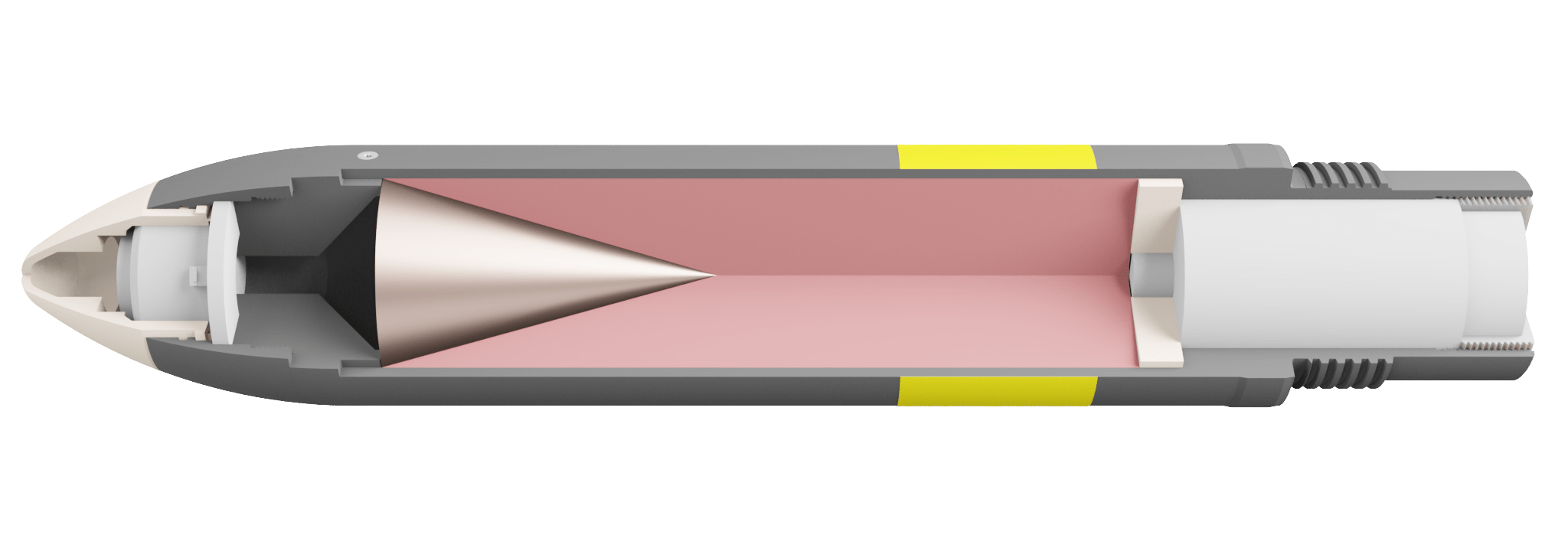
Modularity is a key aspect of the overall APKWS design, as the kit’s mid-body guidance and control section is engineered specifically to be inserted between the motor and warhead of a 70mm rocket with no additional modifications. Because of this, warheads and rocket motors could be mixed and matched, as well as future guidance sections. The level of adaptability this provides is very welcome when it comes to ‘weaponeering’ different targets, but it is also aimed at eliminating the need to purchase different munitions and fund the training and maintenance programs that go along with them for each disparate application, thereby reducing overall costs. It also means the supply of APKWS is only dictated by the number of guidance kits produced as the 70mm rockets are extremely plentiful.

“[The design] helps it adapt to new capabilities,” said Greg Procopio, the director of Precision Guidance & Sensing Systems at BAE Systems, to The War Zone. “So, from a weapon’s first uptake, during the counterinsurgency mission it had incredible value to the user, but what we’ve been investing in our own internal funds is ways of making it relevant to the current fight, so we’ve been very focused on adding capability with an innovative product without having to affect the operational use of the product.”

BAE Systems is certain that neither the proximity fuze nor the HEAT/APAM warhead will affect the APKWS-guided rocket’s performance specifications or require changes to the existing guidance section at all. While BAE Systems knew that its APKWS customers wanted the extra capability and increased lethality against armored targets, keeping the price tag low and ensuring that the way the operator uses it wouldn’t be affected was paramount. This also guarantees that APKWS-configured rockets armed with HEAT/APAM warheads will be capable of launching from every platform that is currently compatible with the guidance system.
“It’s the exact same performance,” Kirsh said. “We recently did an upgrade to the system, it’s called a single-variant block upgrade, and we actually were able to utilize some of those improvements from the previous system to make the rocket perform even better with this warhead. It’s plug-and-play. There were no changes to the performance of anything. It’s now just more lethal with the new warhead.”
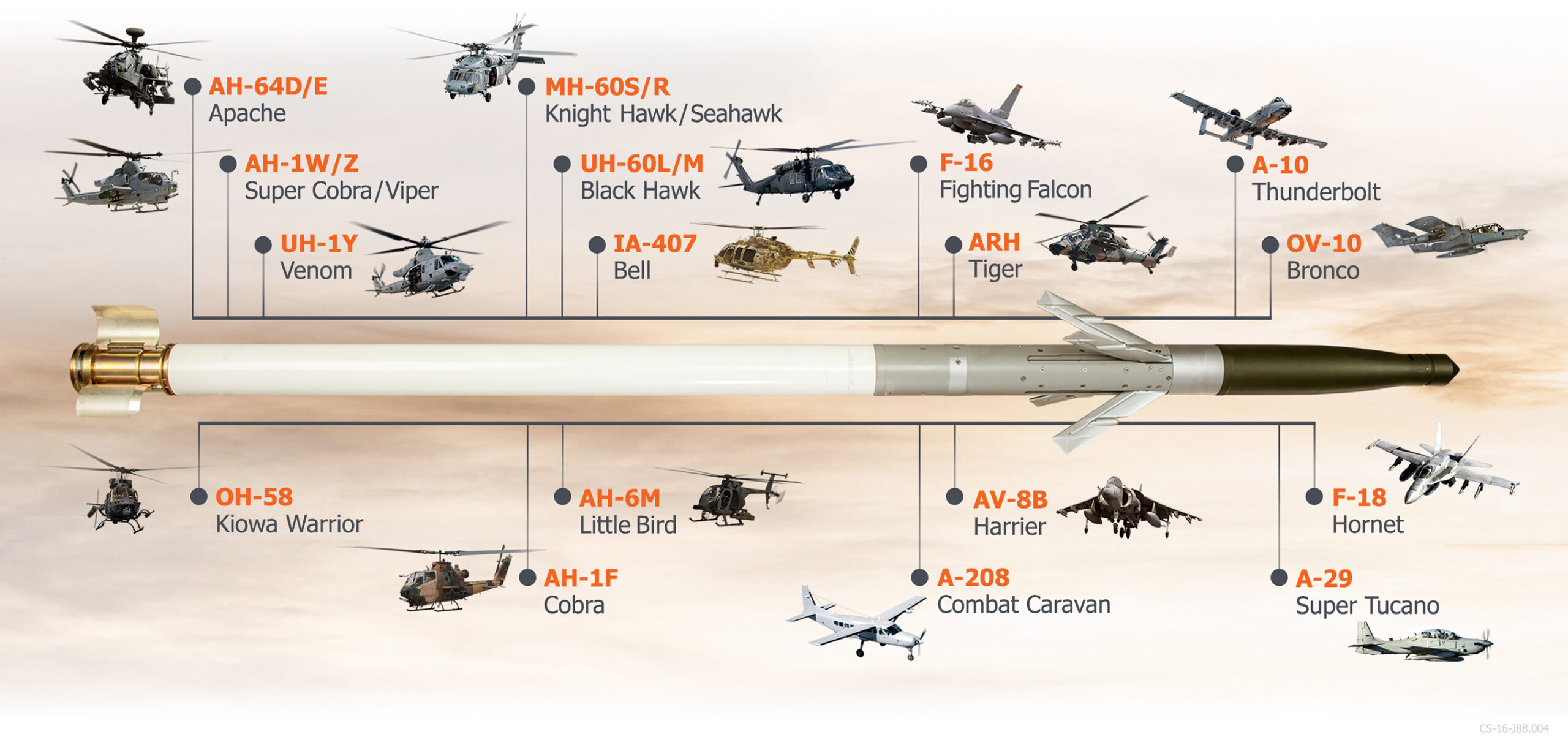

With the new warheads for APKWS, both BAE Systems and General Dynamics aren’t ruling out the potential for the pairing to have applications outside of its expected use against armored vehicles down the line. Will McDonough, vice president and general manager of Missile Subsystems for General Dynamics Ordnance and Tactical Systems, told The War Zone that the new HEAT/APAM warhead itself can address large portions of the surface target set to include armored personnel carriers, trucks, anti-aircraft systems, and maritime targets. McDonough, however, did not reveal whether or not the HEAT/APAM warhead could be countered by a platform’s active protection systems.
The HEAT/APAM warhead in combination with APKWS will offer a more economical alternative to traditional anti-tank guided missiles and surface-to-air missiles for certain target sets. As an affordable precision weapon, APKWS can be used against lower-end targets in lieu of having to strike them with costly weapons like the AGM-114 Hellfire, for example. Its level of accuracy and low-collateral damage characteristics are also very advantageous over some missiles in some scenarios. 70mm rockets are smaller and lighter as well, meaning a single platform can carry many more of them at once thereby increasing its magazine depth drastically. An Apache carrying two 19-round rocket pods, for instance, can now engage 38 targets with high precision.
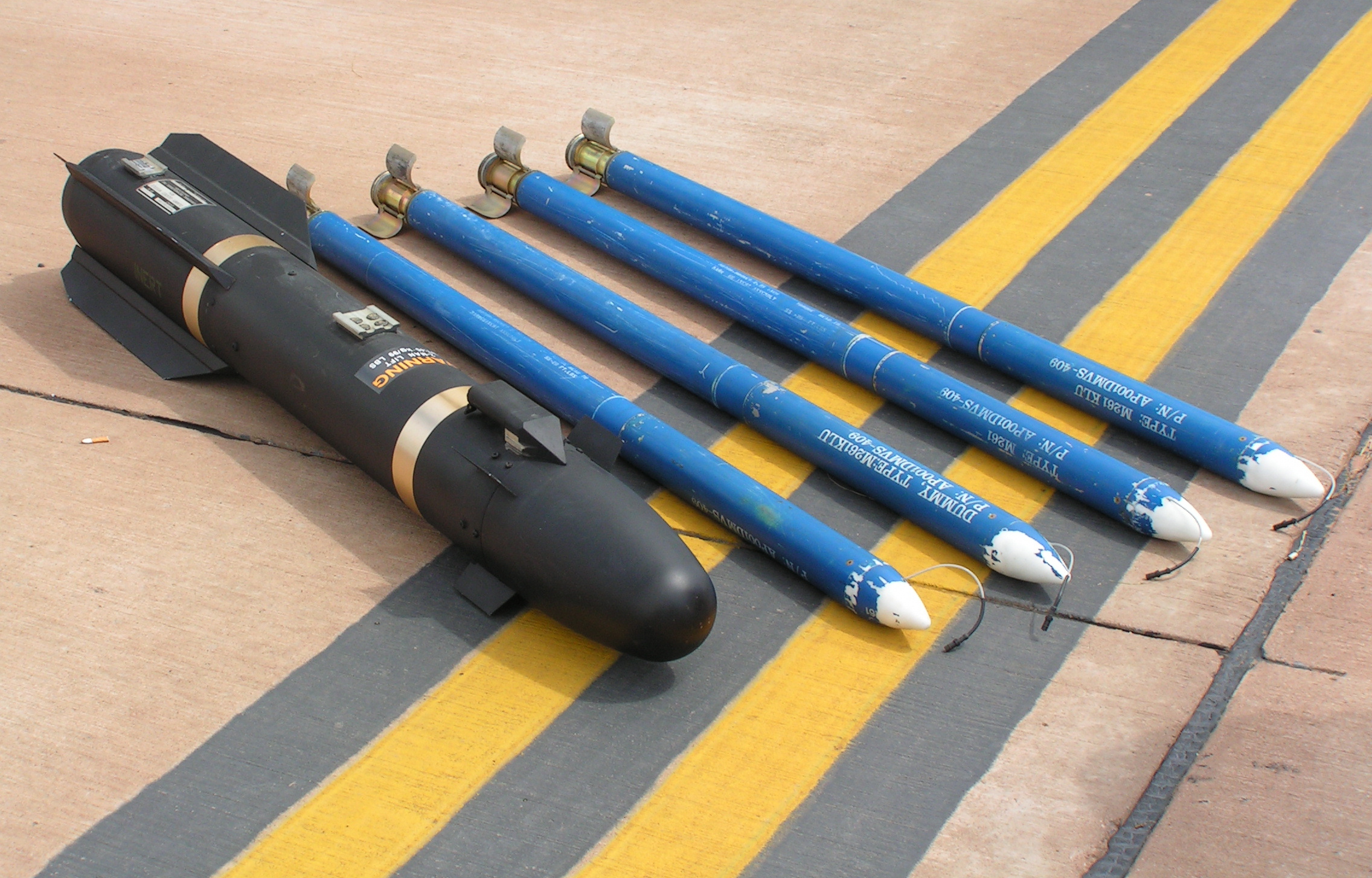
BAE Systems has certainly been working to expand the lethality of APKWS-guided rockets in recent years, with a notable test having occurred in 2019 when the system was used to shoot down a BQM-176 target drone intended to replicate a cruise missile threat. The APKWS was fired from a U.S. Air Force F-16C Viper during the unprecedented exercise, which served to evaluate the guidance system’s performance in its emerging air-to-air role. The specific warhead and fuze combination that was used in this scenario was not divulged.
“We have been working with the Air Force in particular on that mission set, and we’ve done a series of tests on that counter-cruise mission,” Kirsh said. “That’s another area where we’re just working to continue to expand the capabilities, and it’s the same thing where no change is needed, it’s just another capability that we’re able to prove out and that our system is able to do.”

While the anti-cruise missile capability was the main focus of the 2019 test, it was also successful in highlighting the counter-drone potential for the APKWS. A separate event conducted by BAE Systems in 2021 used an APKWS-guided rocket armed with its typical M151 warhead and powered by an Mk66 motor to engage a Class 2 unmanned aerial system at Yuma Proving Ground in Arizona. What proved to be a key technology during this evaluation was the L3Harris proximity fuze, which enabled APKWS to engage and destroy the drone without a direct hit.
One particular system that would really allow an APKWS-guided rocket to shine in its budding counter-drone and anti-armor roles would be L3Harris’ portable Vehicle-Agnostic Modular Palletized ISR Rocket Equipment (VAMPIRE) system designed to strike ground targets and low-flying aircraft from most vehicles with a cargo bed. There’s even the chance that we could eventually see this combination in action in Ukraine. Among the several military aid packages pledged to Ukraine in recent months, the United States has agreed to deliver both APKWS-guided rockets and VAMPIRE systems to the country to help combat the tanks and weaponized drones being employed by Russin forces, though the Pentagon recently projected that VAMPIRE likely won’t be delivered until mid-2023.

Outside of military aid, BAE Systems could not comment on any current buyers of the APKWS-guided HEAT/APAM rocket, testing timelines, the gritty details about the combination’s specs, or unit price, though it is known that each current APKWS round costs roughly $27,500 all-included (rocket motor, warhead, and guidance kit). This is far less than a Hellfire missile, for instance. Regardless, it’s safe to say this is just the beginning for APKWS and its evolving capabilities. When asked by The War Zone if additional new APKWS types were in the pipeline, BAE Systems didn’t close any doors.
“We’re always working with our customers as far as other capabilities that they may need to achieve are concerned,” Kirsh said. “We’ve definitely talked with and worked with various customers for different engagement scenarios and other warheads that could be compatible with APKWS.”
For now, it will certainly be interesting to see how APKWS continues to fare in its developing anti-drone, anti-cruise missile, and anti-armor roles.
Contact the author: Emma@thewarzone.com
